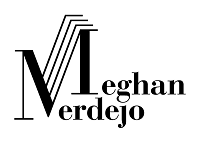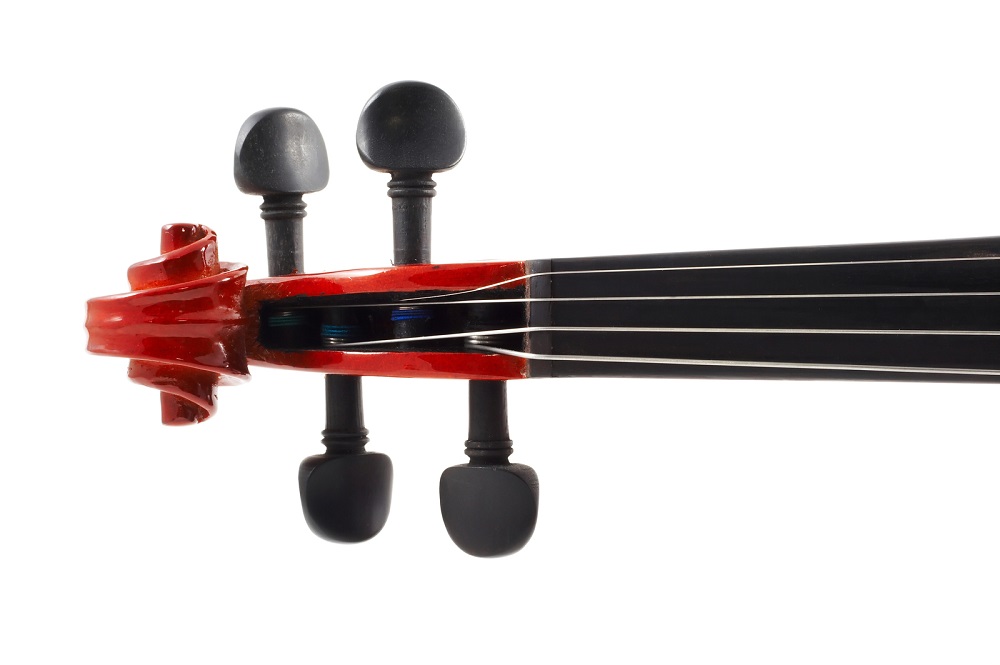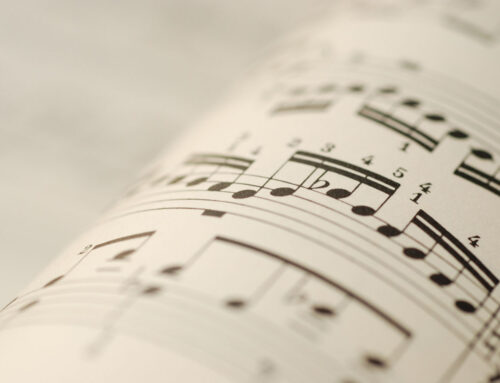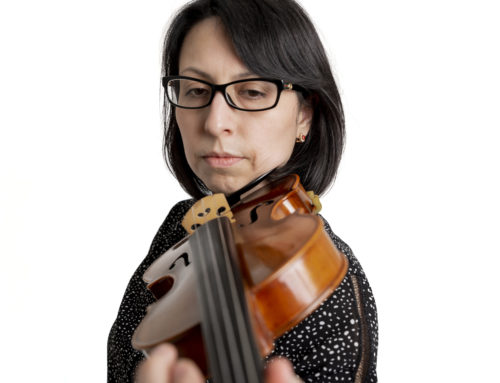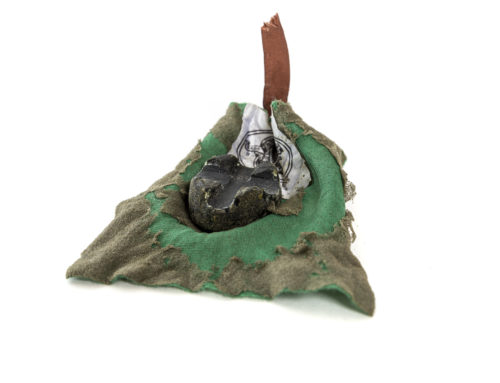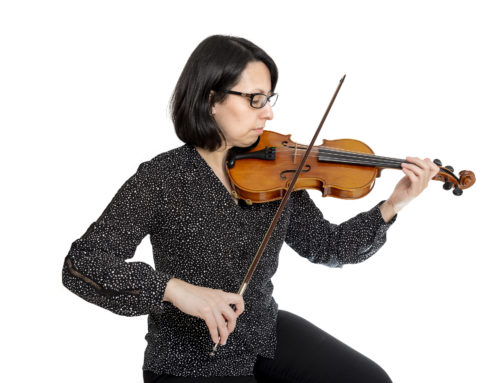Parts of the Viola
When learning the violin or viola, it’s important to be able to identify the parts of your viola and bow – especially because your teacher is going to say these terms a lot. Here’s a quick summary of the different parts, their descriptions, materials and general functions.
Viola Parts – Descriptions, Materials and Functions
Tailpiece
- Description: Located below the Bridge and sits next to or underneath the Chinrest and is attached to the Button.
- Materials: Usually made of Ebony, Rosewood or Boxwood
- Function: The Tailpiece essentially holds everything together as it anchors the lower end of the violin or viola.
Chinrest
- Description: An accessory that is attached to the lower left hand side of the viola by brackets that clamp on to the ribs.
- Materials: Wood (Ebony, Rosewood or Boxwood) or Plastic
- Function: Allows the players to rest their chin comfortably, reducing tension in the jaw and shoulder.
Fine Tuners
- Description: Mini-screws that can be added to or built-in to the Tailpiece
- Materials: Metal, Stainless Steel (Silver, Black, Gold Plated)
- Function: Assists with small and accurate tuning adjustments.
Bridge
- Description: Small, decorative piece of wood that holds the strings. It can come in varying angles and curvatures with ridges to help evenly spread out the strings.
- Materials: Maple
- Function: Serves the purpose of upholding the strings and transmitting the vibrations from the strings to the body of the viola.
F Holes
- Description: Sound holes located in the middle of the body of the viola and resemble a cursive ‘F’, which is the reason they are called ‘F’ holes. They are often referred to as ‘Sound Holes’ as well.
- Materials: It’s just a hole in the wood.
- Function: Help shape and direct the sound waves from the body of the viola.
Fingerboard
- Description: Strip of wood glued to the neck and located under the strings in which we place our fingers. It is curved and planed in order to produce the correct pitches without any buzzing.
- Materials: Usually Ebony or other hard wood (usually found in lower quality instruments)
- Function: Helps produce the proper pitch.
Neck
- Description: Located underneath the Fingerboard and usually painted a lighter colour. Ends at the pegbox and scroll and is where the left thumb will be placed.
- Materials: Maple
- Function: Holds the strings and fingerboard.
Pegs
- Description: Located in the peg box, there is one peg allocated to each string.
- Materials: Ebony, Rosewood, or Boxwood
- Function: Hold the strings and tune the viola.
Scroll
- Description: Decorative piece of wood at the end of the viola. It’s called a scroll because if you turn the viola sideways, you see what resembles a rolled up piece of paper or parchment and hence, the “scroll” moniker.
- Materials: Wood
- Function: None really, it’s just better than not having one 🙂
